A few days into UK lockdown, I decided I needed to document this time in a way that was personal and relevant to my life and art practice. I started a diary of my daily permitted walks around my village and immediate countryside, in search of vegetation with which to naturally dye wool yarn and fabric. I began to examine these surroundings with new eyes and a greater appreciation of just where I live. I resolved to work with supplies I already had (feltable undyed DK yarn and wool gauze) or could prepare (alum mordants, copper water and iron water modifiers).
So far I have sampled on my travels 33 different species of plant from tree leaves, flowers and fallen bark generating 69 different coloured samples - approximately the same number of days in lockdown that I have experienced. You can read the dyeing processes in more detail in previous posts in May on this blog.
The methodical documenting in my sketchbook has brought back memories of lab book work of a former life allowing for personal reflection as well as a much needed focus in this strange time. I could have dyed wool roving to felt but I wanted to continue the slow approach so I knitted each yarn before felting. I have often found that as I knit I focus on the sounds around me such that these memories are more intense and, when I return to the work, they return. I can still look at the elderberry leaf sample and remember the tv programme I was watching! I chose to create ribbons of felted yarn – symbols of awareness and support. On many occasions ribbons have been tied to trees and posts as powerful signs of devotion, remembering others. This seemed fitting given the covid-19 situation. I am still at the designing stage with these ribbons but ideas of their attachment to branches in a wall or sculptural form are forming. This arrangement will be haphazard, reflecting the non-conformity of nature to our lockdown constraints.
I have also begun to darn on the samples of wool gauze with the dyed yarn – an attempt to repair the situation or my personal mark of change left? I am unsure but certainly like many of us my life will never quite be the same again.
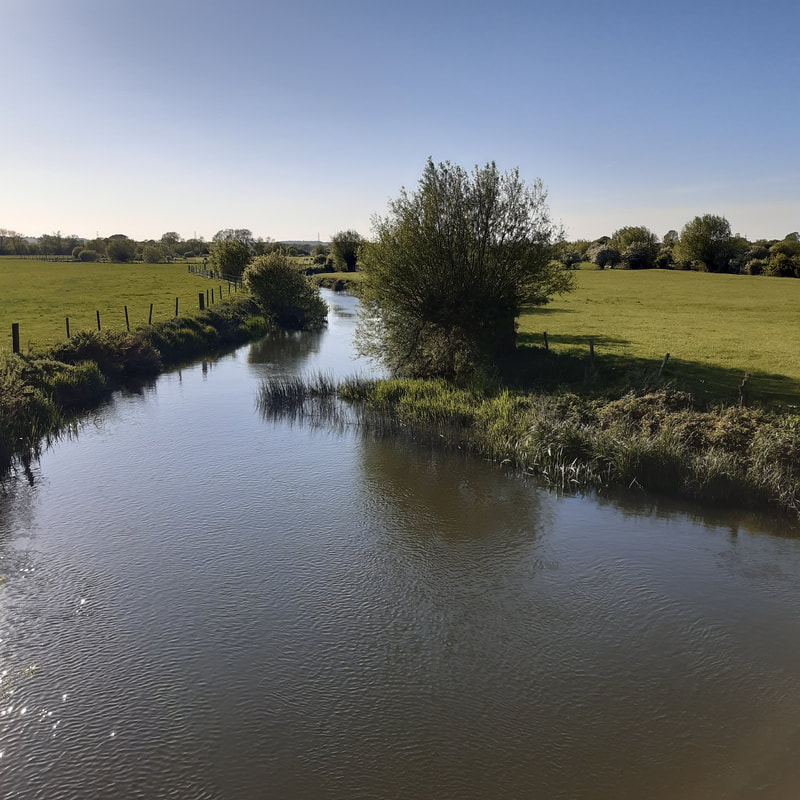
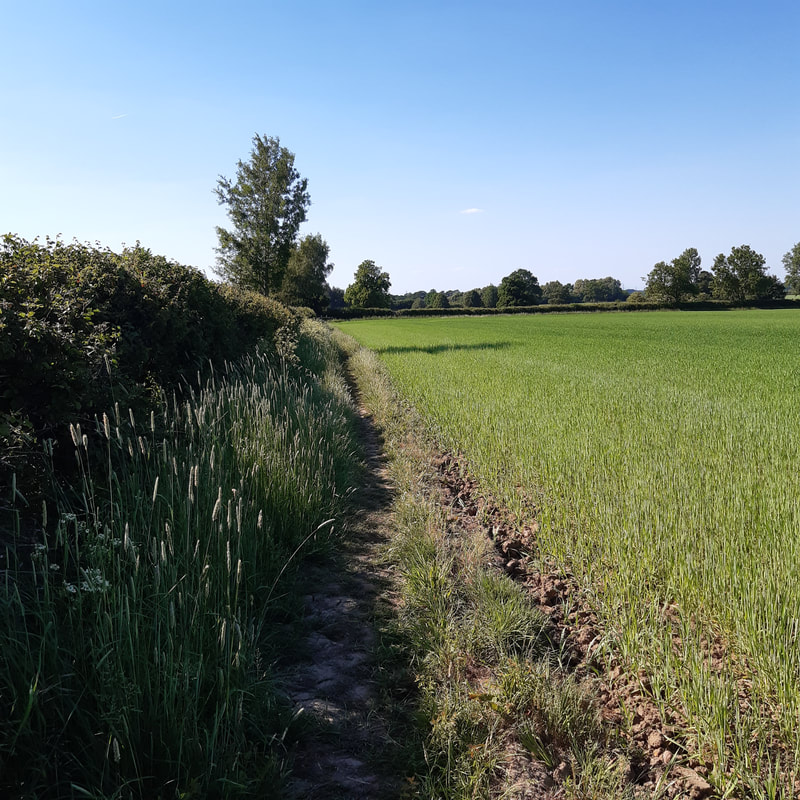
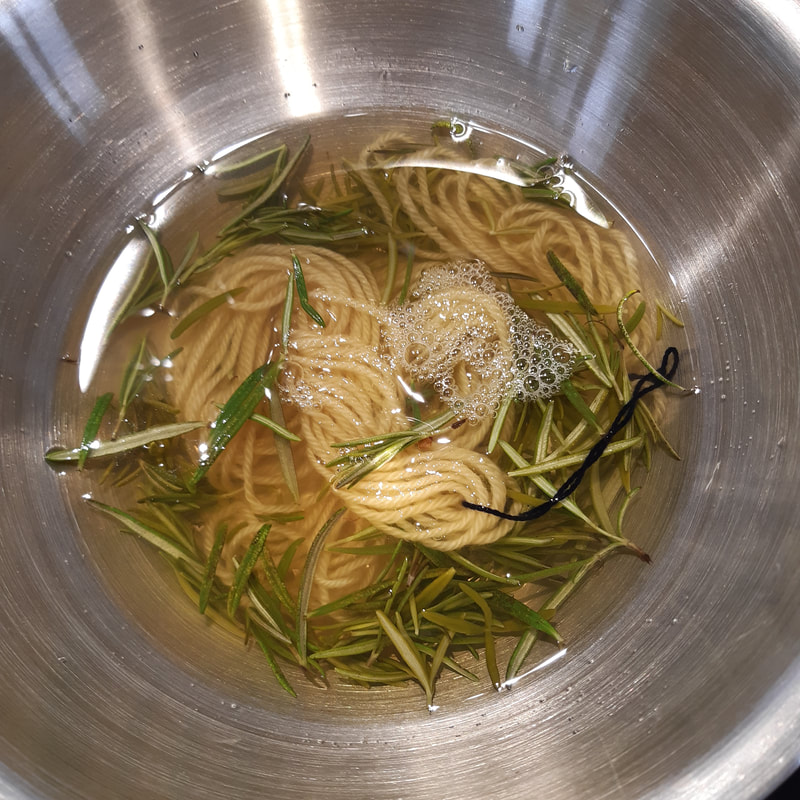
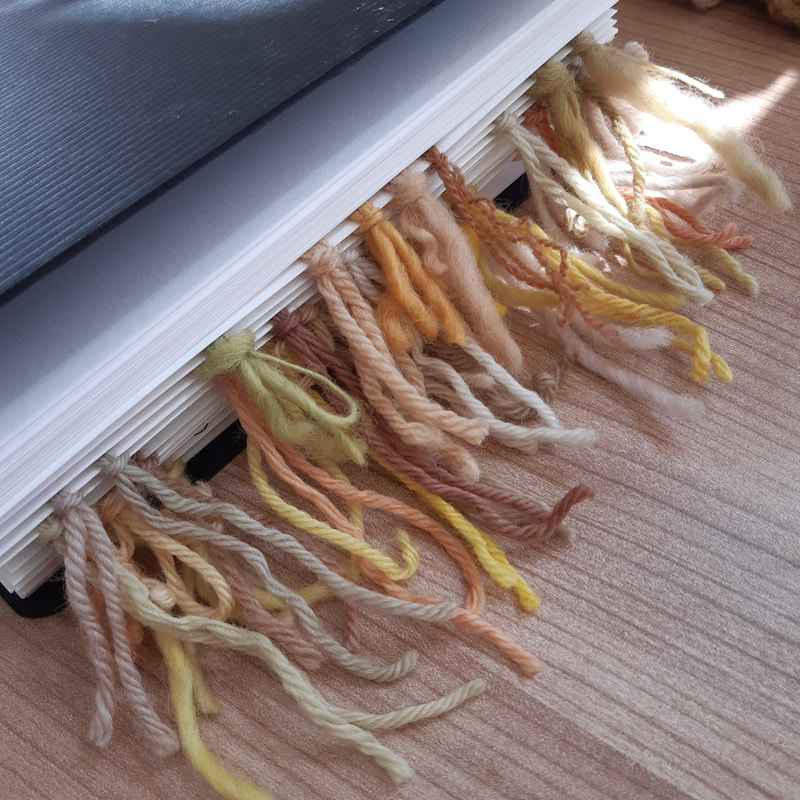
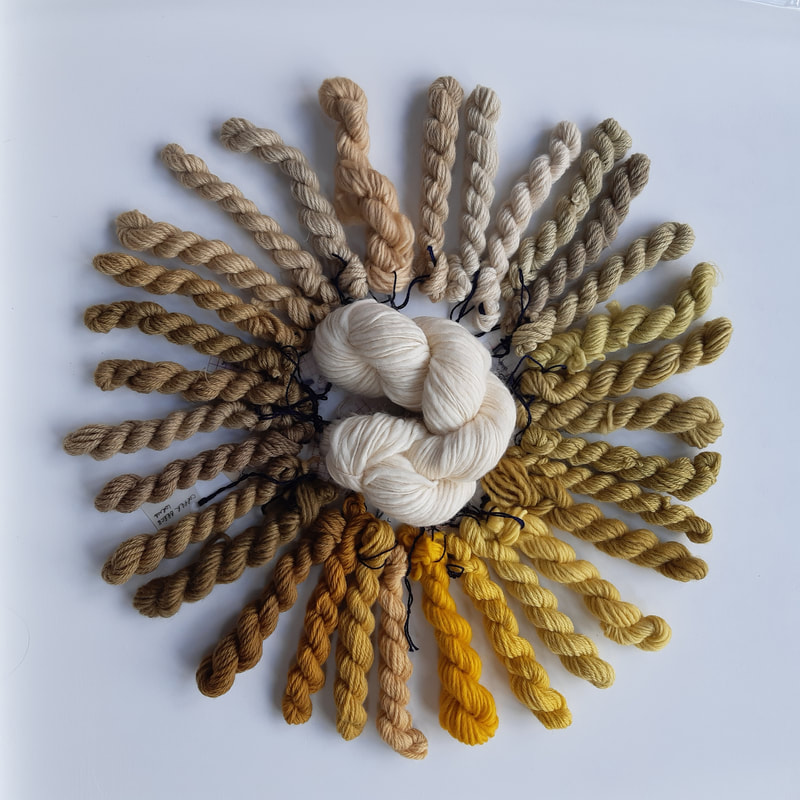
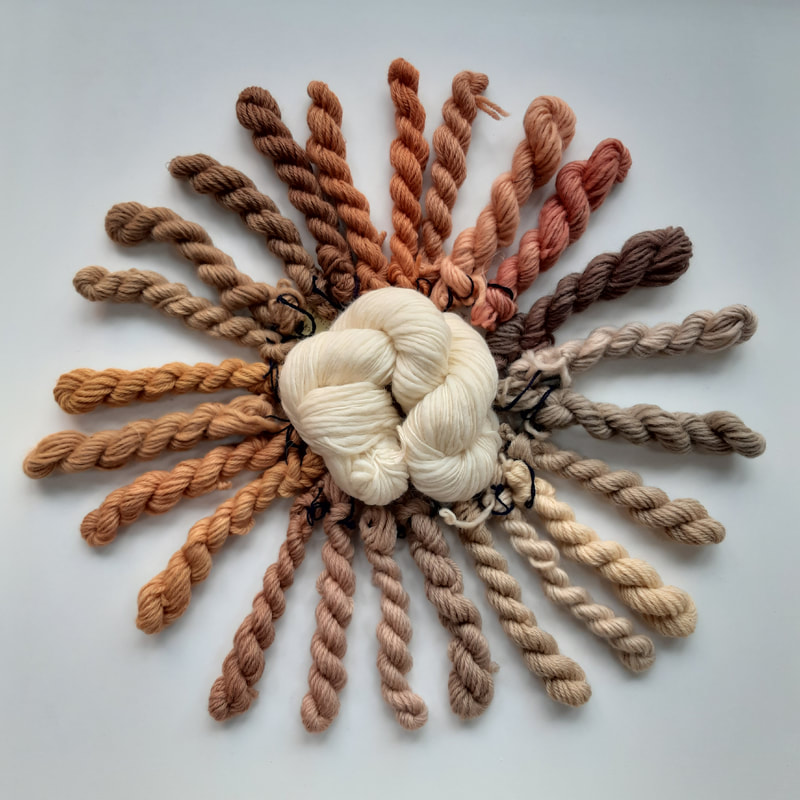
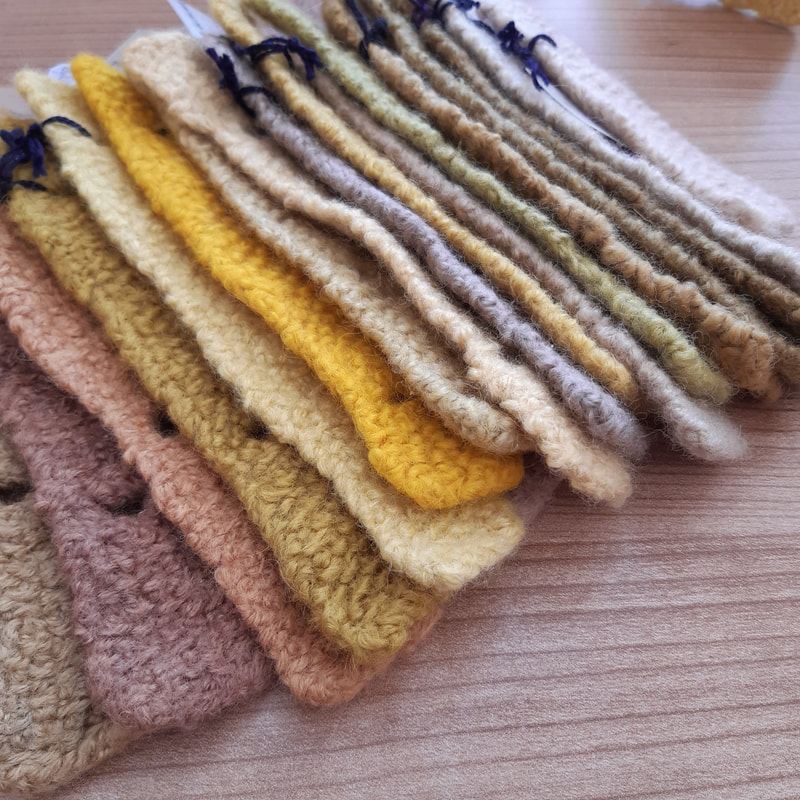
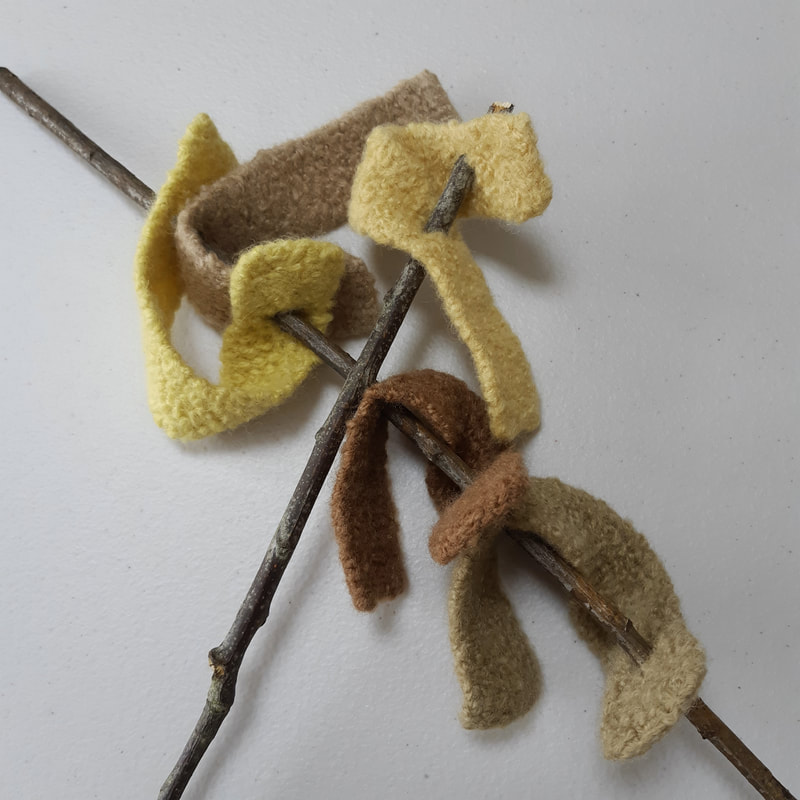
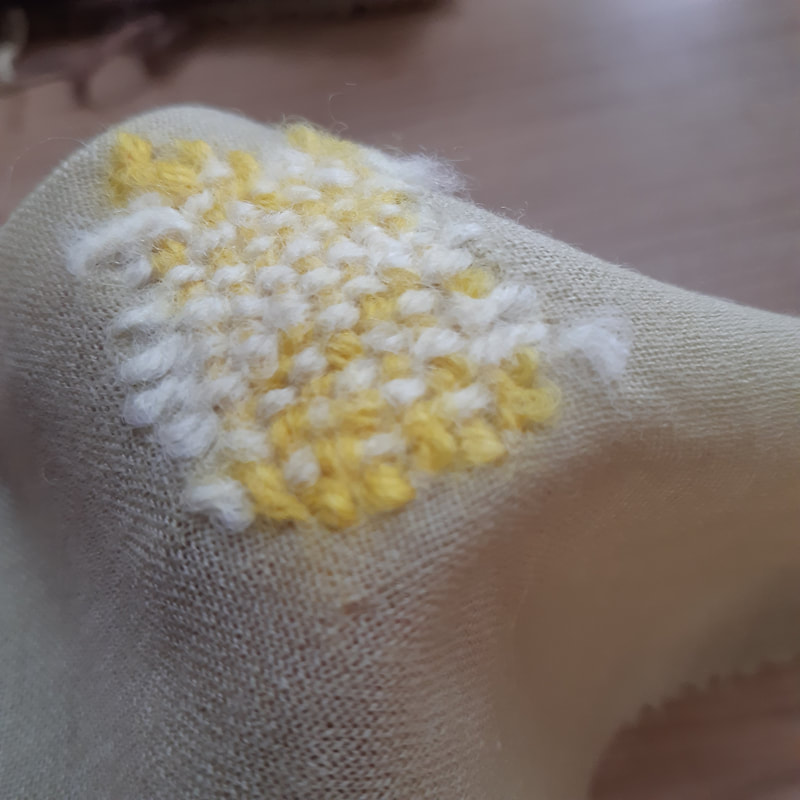
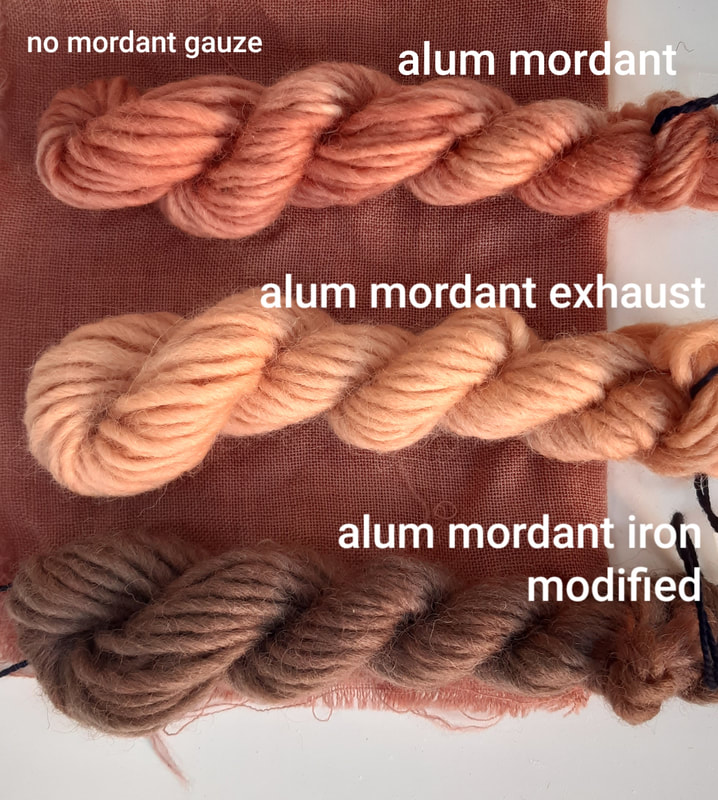
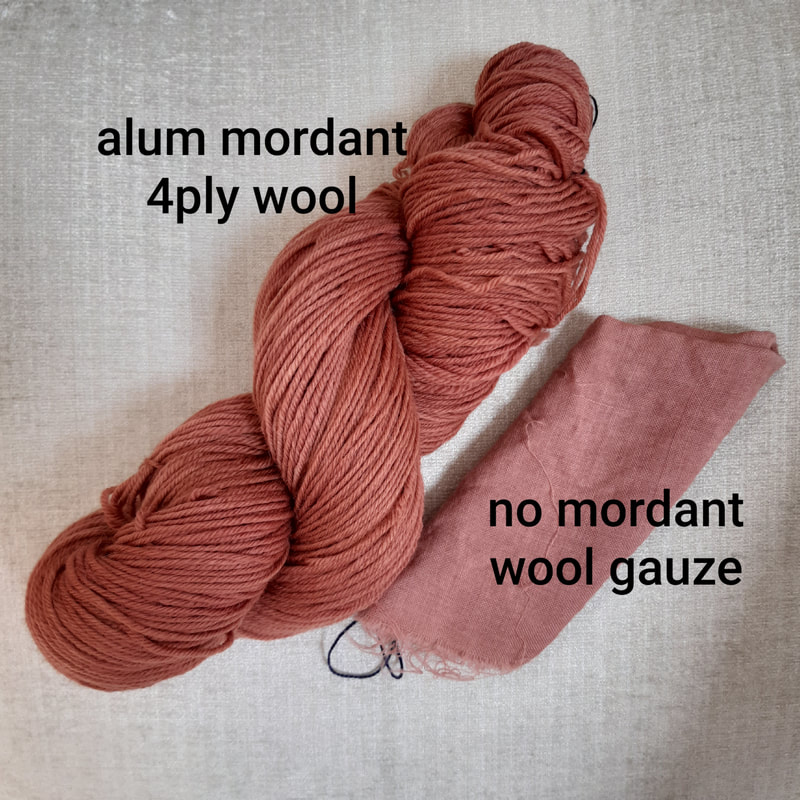
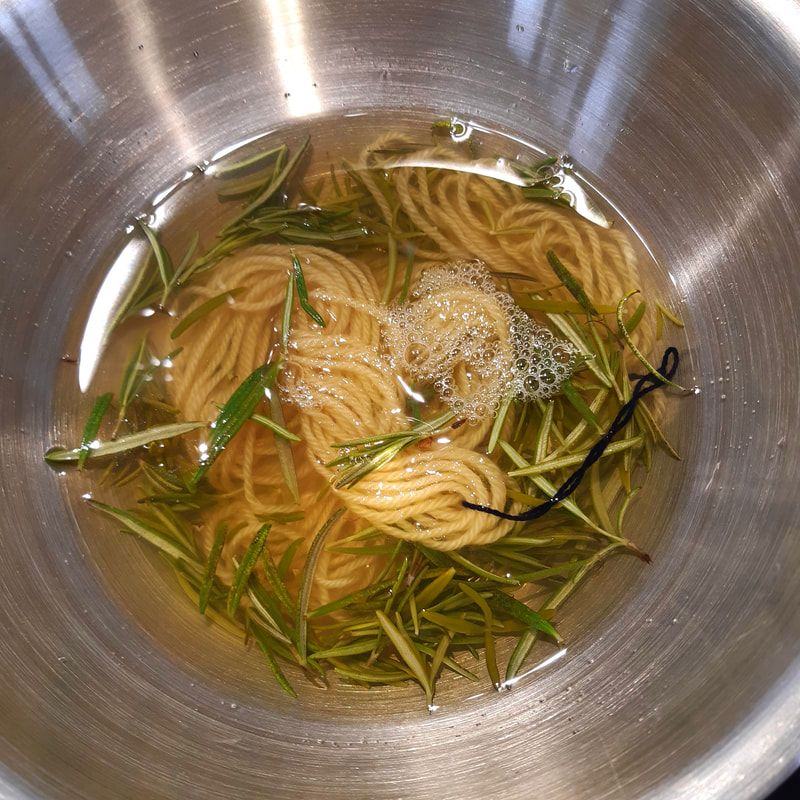
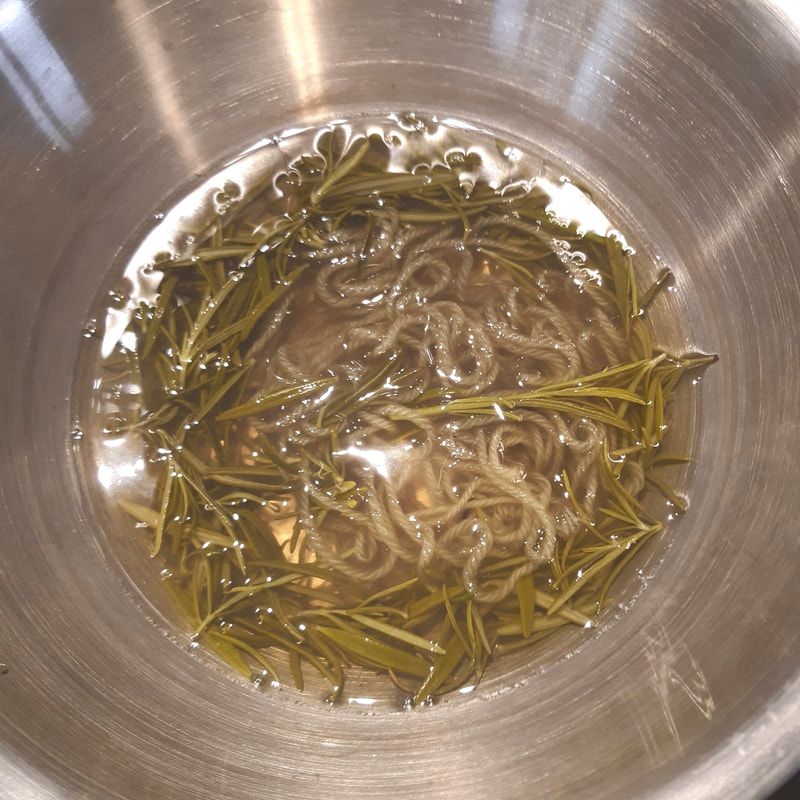
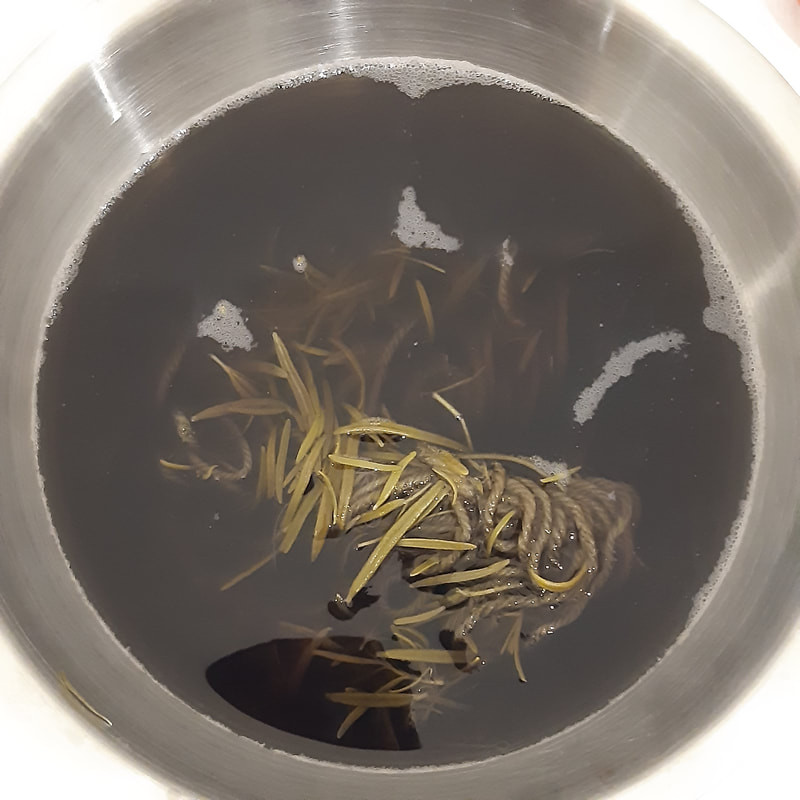
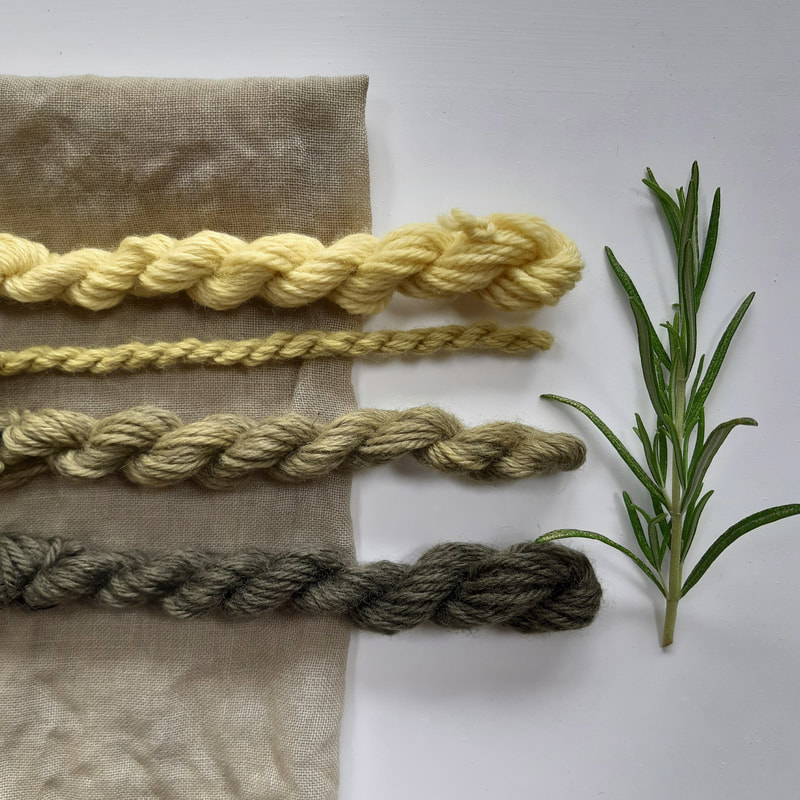
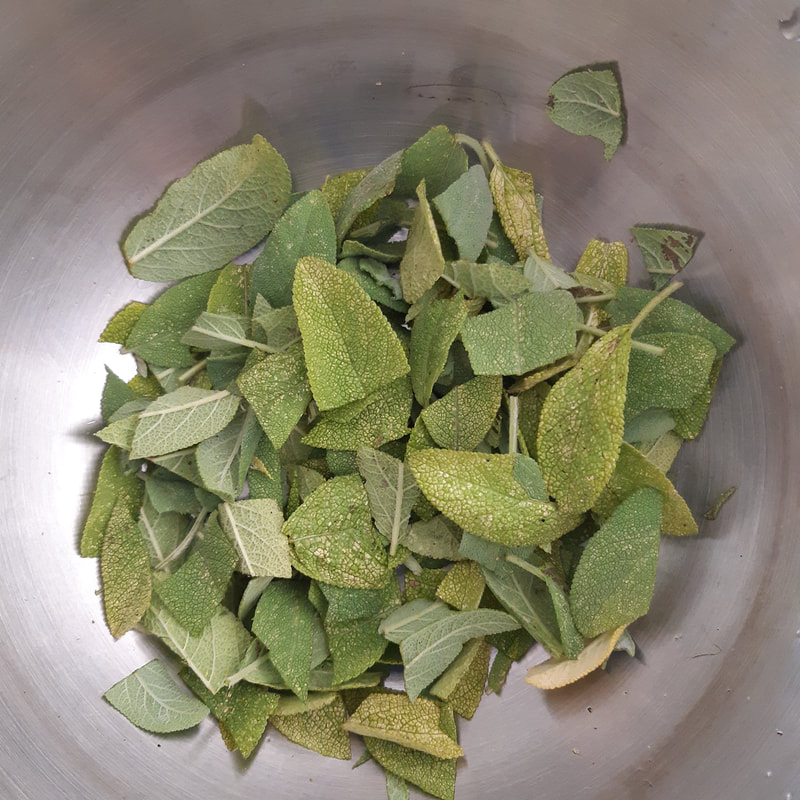
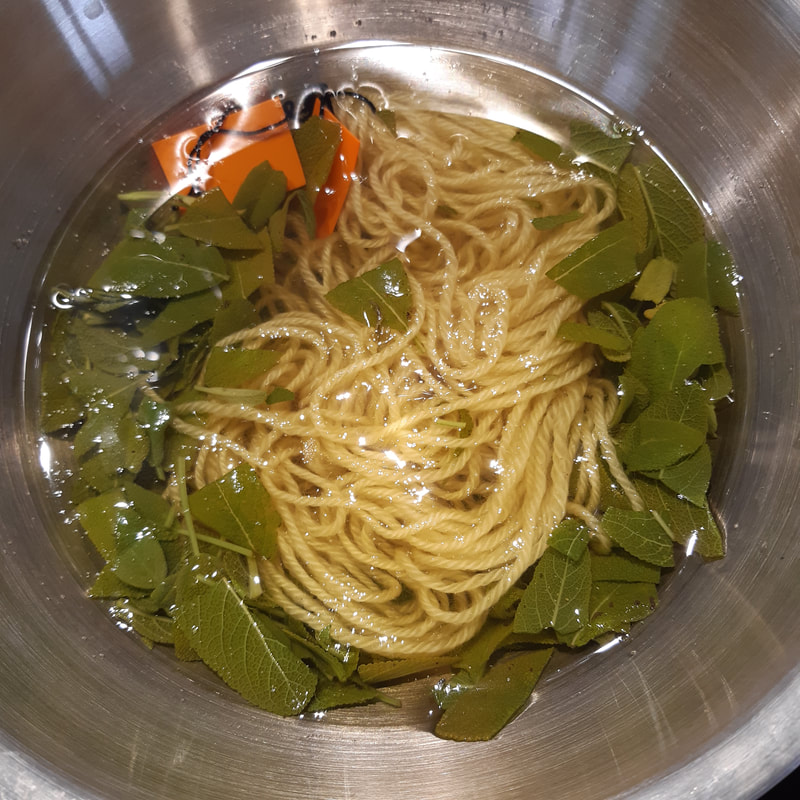
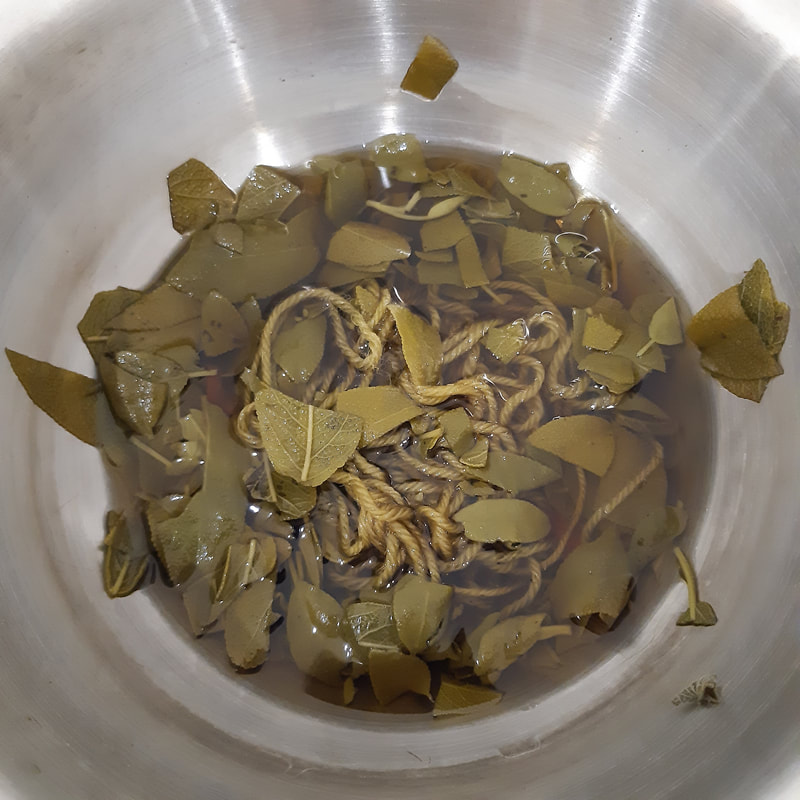
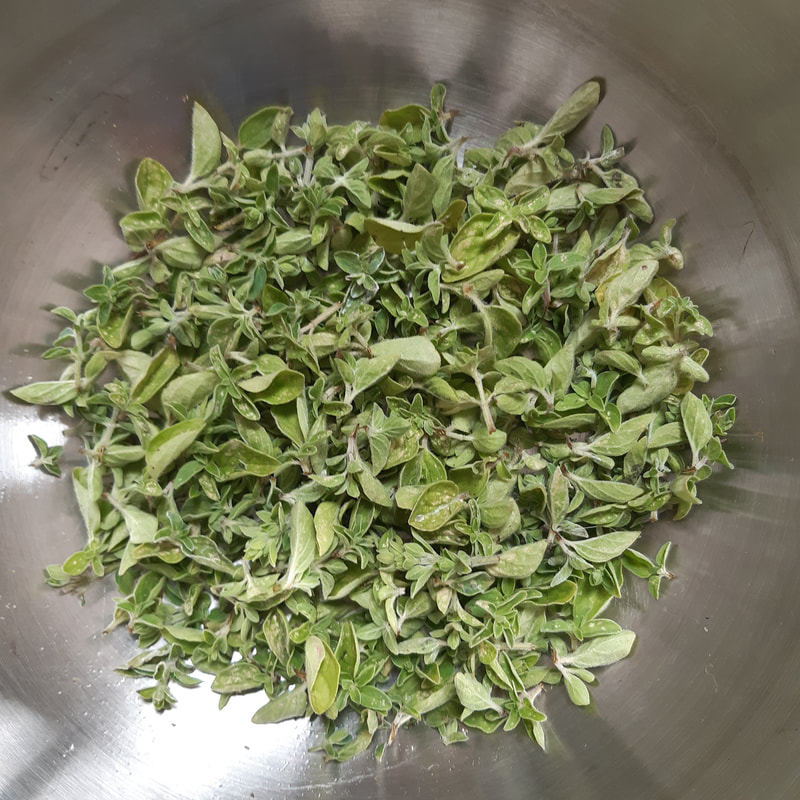
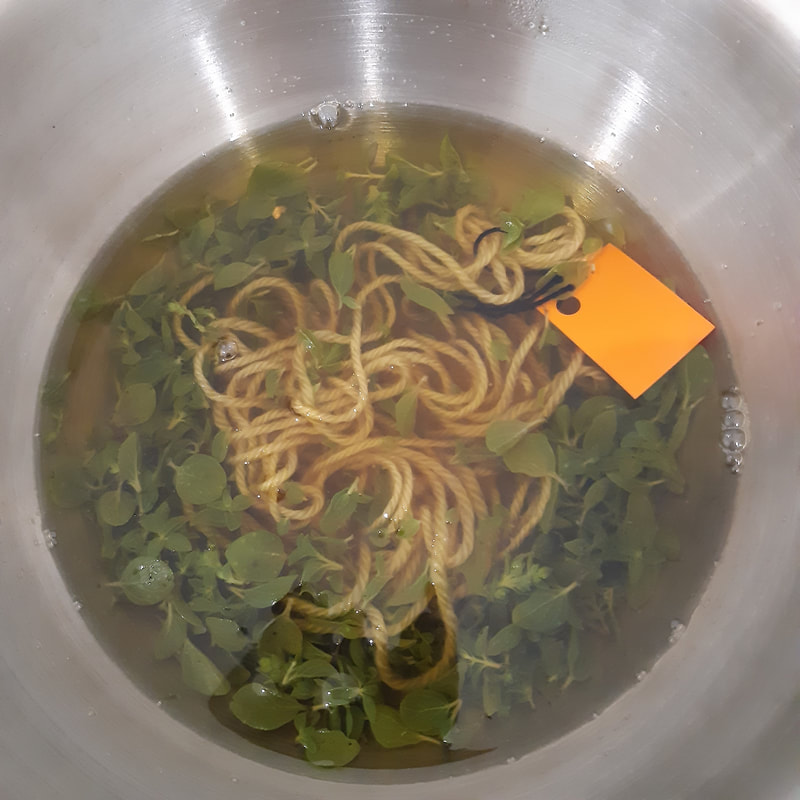
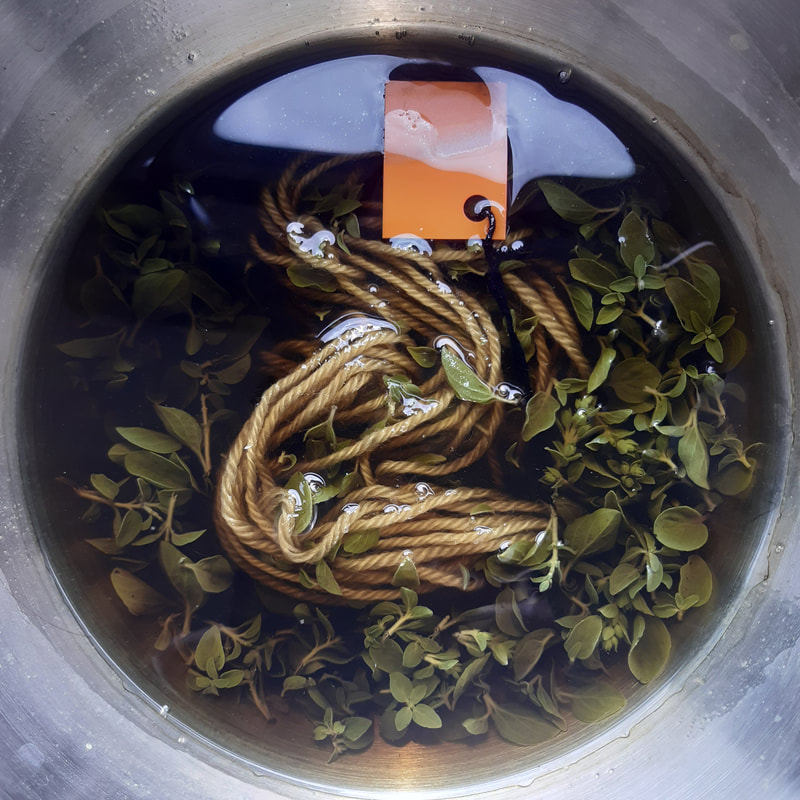
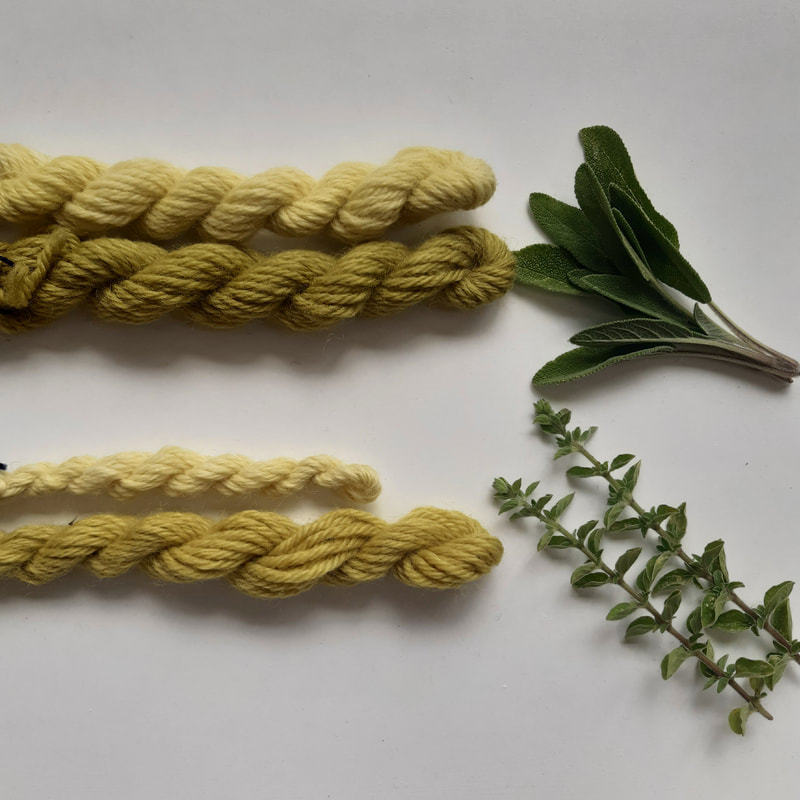
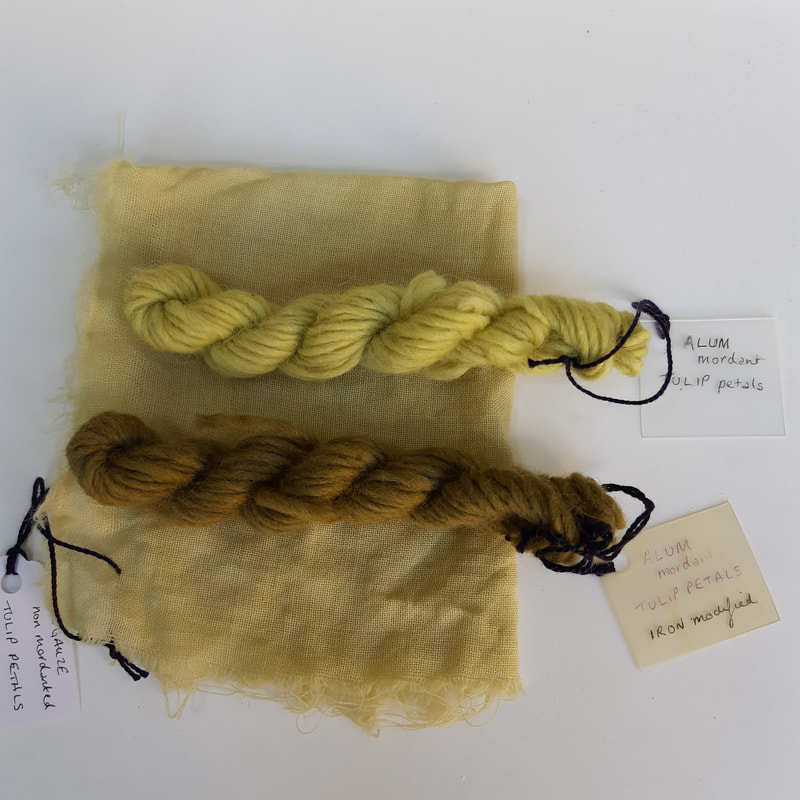
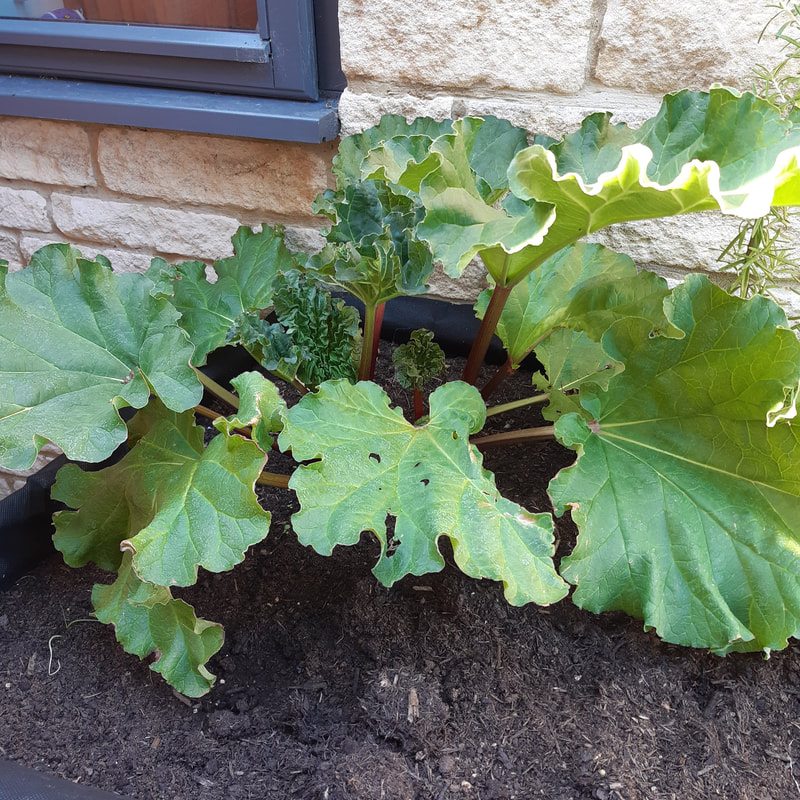
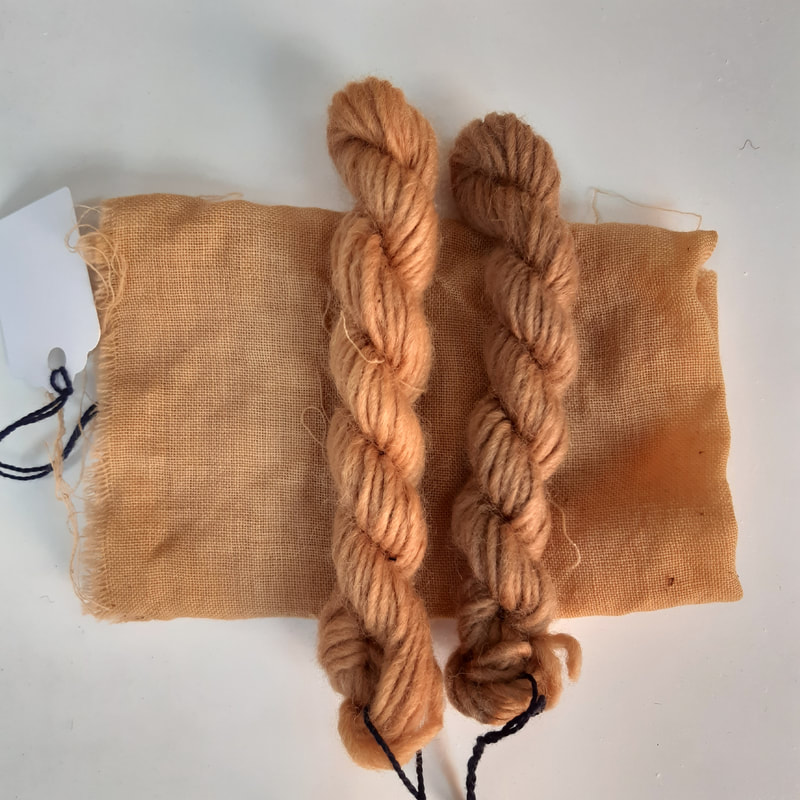
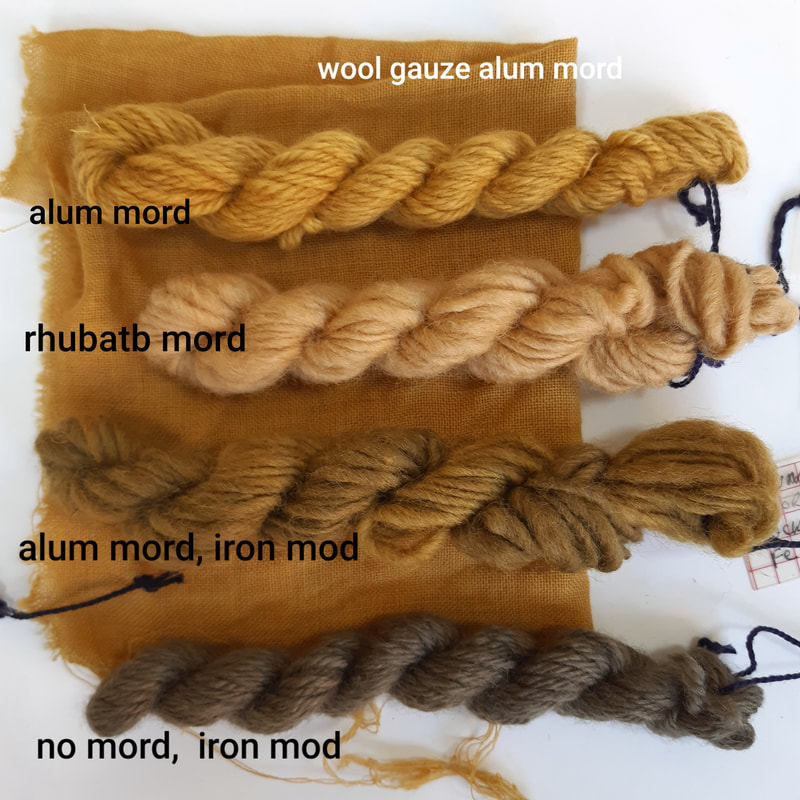
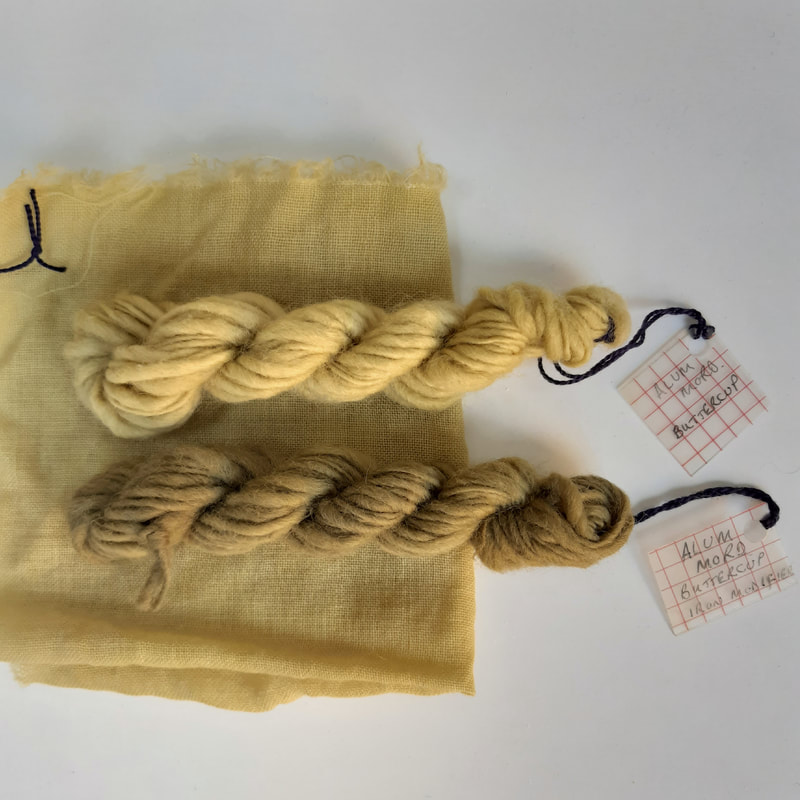
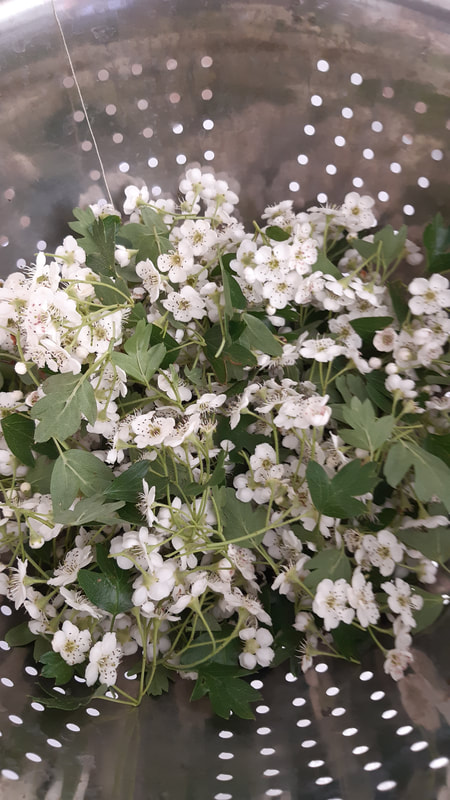
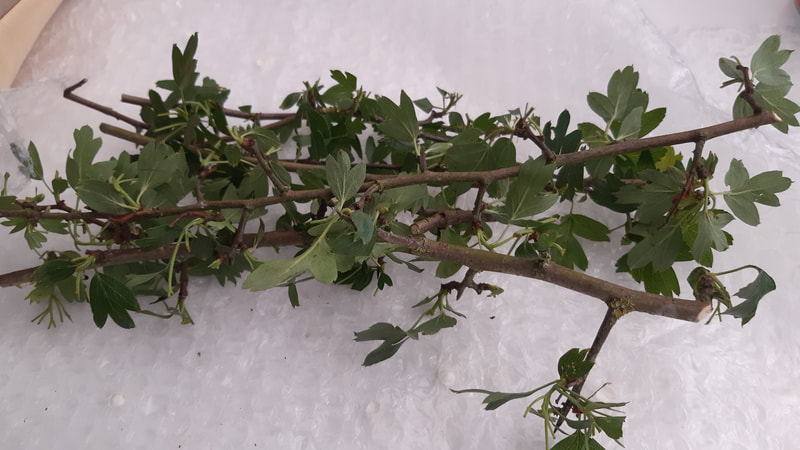
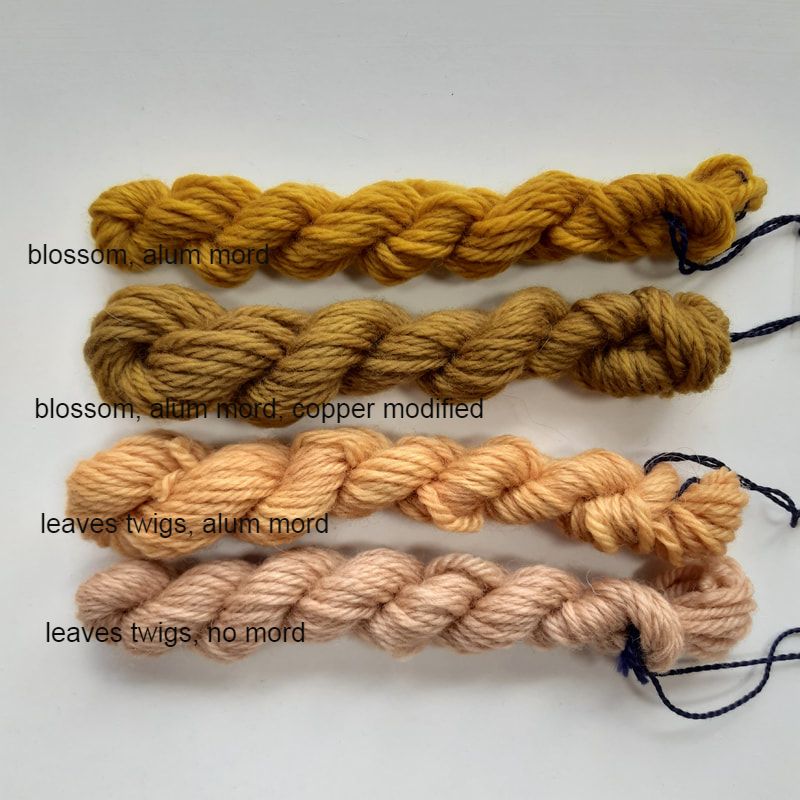
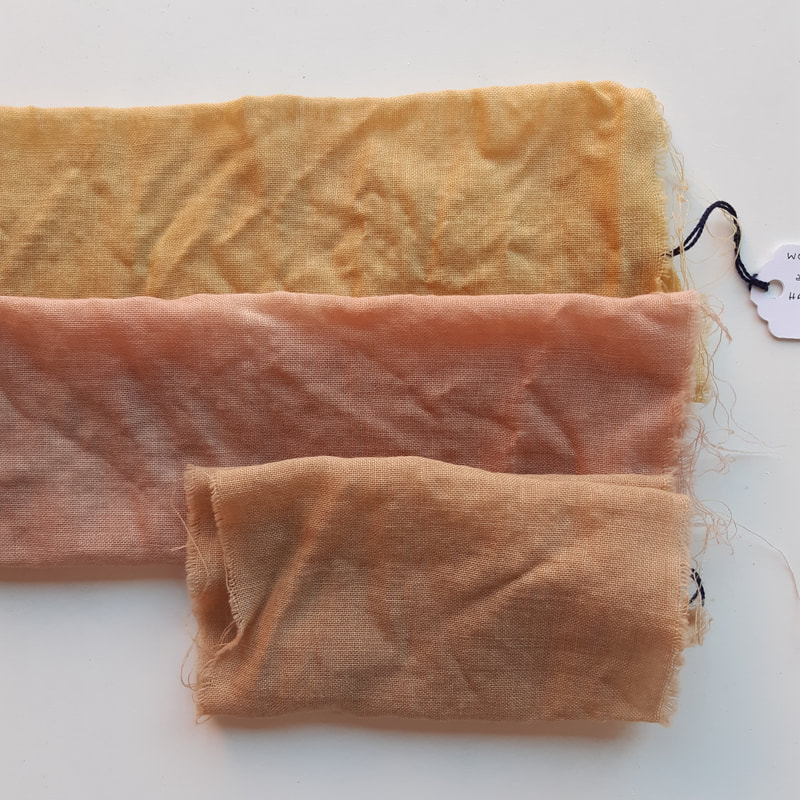
 RSS Feed
RSS Feed
